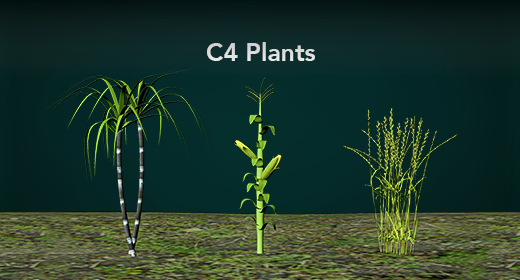Facilitated Diffusion
Topic Description
Diffusion refers to the net movement of solutes from an area of higher to an area of lower concentration. Diffusion also plays a very important part in how
solutes such as nutrients, cellular products, and waste products get into and out of cells. Of course, in order to do this, these solutes must be able to move across
the cell membrane. And, if they can, the cell will not have to expend any energy, thus diffusion is a form of passive transport. one form of the passive transport
is a diffusion. Diffusion across the membrane may be a simple or require a protein to facilitate that diffusion. Simple diffusion is cellular transport of materials
across the membrane that occurs unassisted. Essentially, the solutes simply diffuse with their concentration gradient and because they are small, uncharged,
lipid permeable molecules, it doesn’t matter that the cell membrane is in the way. It simply diffuses right through it as if it weren’t there. Facilitated Diffusion:
However, if the particles are charged, or just a little to big to slip between the phospholipids, then the cell will need to facilitate that diffusion by providing a
protein as an entry-way for that solute. Here you can see several proteins scattered throughout the cell membrane. Keep in mind, each type of solute requires
a unique protein for that specific solute. For example, water can only pass through aquaporins - -those are protein made only for water to pass. The cell
could have millions of these just for water! Glucose, which is a sugar that needs its own transport protein to enter a cell, could not pass through an aquaporin.
So, there are special proteins on the cell membrane to facilitate glucose, too.












